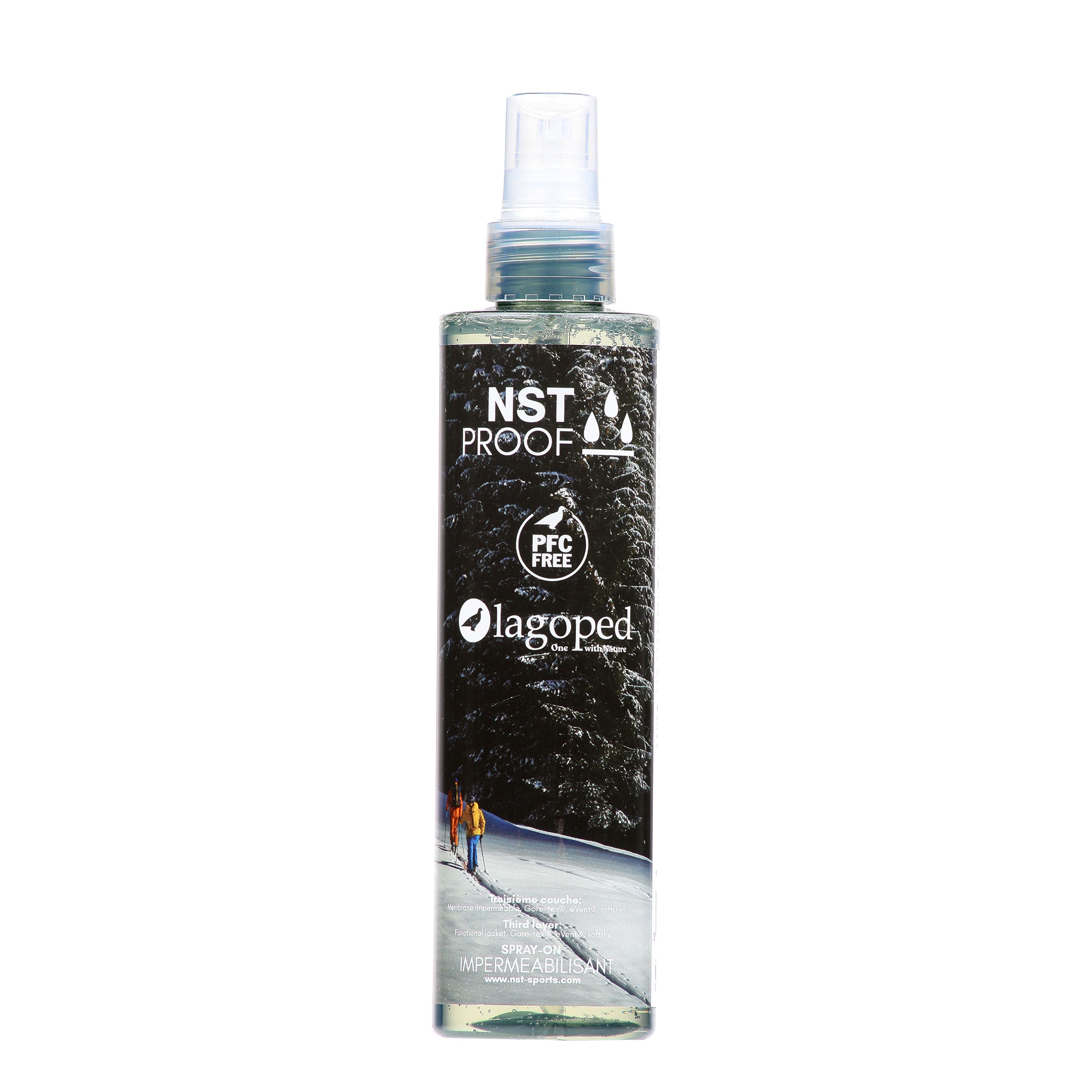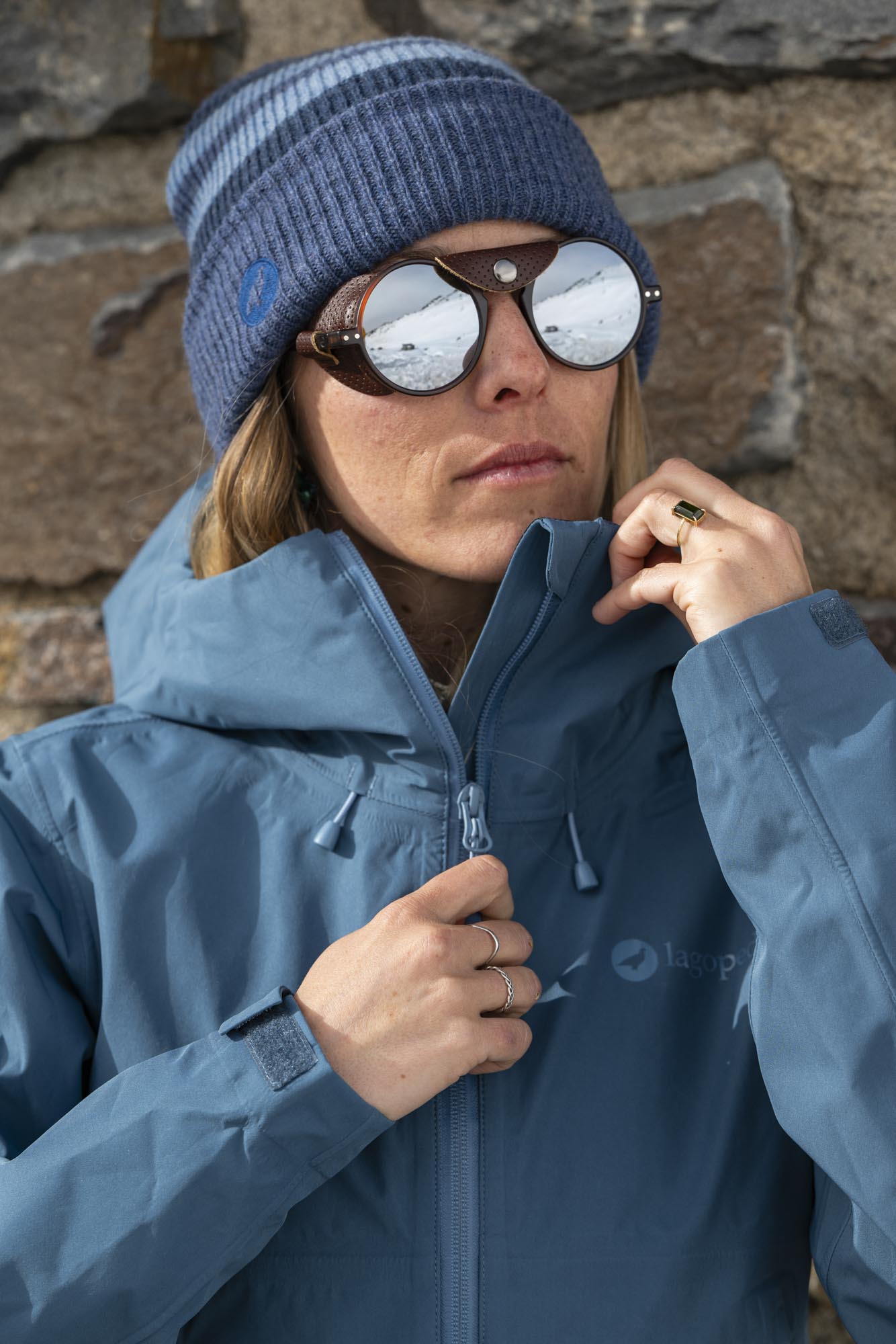
It's the one who says who's there!
Well no exactly. And we're not the only ones who think so. The European Commission published its draft Green Claims Directive on March 22, 2023 to “prevent companies from making misleading claims about the environmental merits of their products”. And the movement is also present in the USA (Green Guides of the Federal Trade Commission) and in the United Kingdom (Green Claims Code). Because companies that make "green claims" must justify them against a standard methodology for assessing their impact on the environment. The European Parliament also gave its agreement on May 5, 2023 to this draft Directive. On the other side of the Atlantic, the Federal Trade Commission is also making progress on the subject and has published Green Guides to regulate companies' environmental claims.
There are 200 active environmental labels in the EU and over 450 active worldwide, plus 80 widely used reporting methods for carbon emissions alone. Some of these methods and initiatives are reliable, others are not. Some are financed by the brands themselves united in coalitions, which raises the question of their impartiality. Especially when we know the positive impact of “green” clothing on purchasing behavior.
With Geenwashing: companies give a false impression of their environmental impact or benefits. Greenwashing misleads market players and does not benefit companies that make the effort to green their products and activities. This even leads to a less green economy.
Finally a regulated and shared indicator

In Europe: Green Claims Initiative
The European Union and regulators have a role in defending consumers. But how do you navigate the forest of labels and certifications? Fortunately, things are moving at the regulatory level and that is the challenge of proposing a unique and regulated method: the PEF.
Reports on corporate environmental performance must be reliable, comparable and verifiable. This will help us collectively make more sustainable decisions.
There are private certifications such as the Higg Index for example. It was created in 2011 by a group of major industry brands, including H&M, Walmart, Nike, Levi's and Patagonia. It is maintained by the Sustainable Apparel Coalition (SAC) which has around 250 member brands . It has been widely used by the fashion industry to assess the sustainability of materials used in their products. It was a great initiative from the fashion sector but it was criticized for its lack of impartiality.
So much so that in June 2022, the Norwegian Consumer Authority (NCA) banned the use of the Higg Material Sustainability Index (MSI) judging that the marketing claims are considered inaccurate ( Article in French / Article in English ). And the Dutch regulator has forced brands to modify or no longer use “sustainability” claims on their clothing and websites ( publication from the Netherlands Authority for Consumers and Markets (ACM)).

In France, the Climate & Resilience law
The Climate and Resilience law in 2021 on environmental display concretizes the approach initiated in 2009 as part of the Grenelle de l'environnement in order to raise consumers' awareness of the environmental impacts of products and services, and then taken up in the energy transition law for green growth of August 18, 2015
The display is "intended to provide the consumer with information relating to the environmental impacts and compliance with social criteria of a good or service placed on the national market is made compulsory. (...) This display is carried out by marking or labeling or by any other suitable process. It is visible or accessible to the consumer, in particular at the time of the act of purchase."
Led by ADEME, environmental display is currently being tested in order to define a common framework for market players allowing comparison.
From now on, according to article R. 541-223 of the Environmental Code: It is prohibited to appear on a product or packaging the words “biodegradable”, “environmentally friendly” or any other equivalent environmental claim.
The Lagoped eco-score
The Lagoped eco-score






